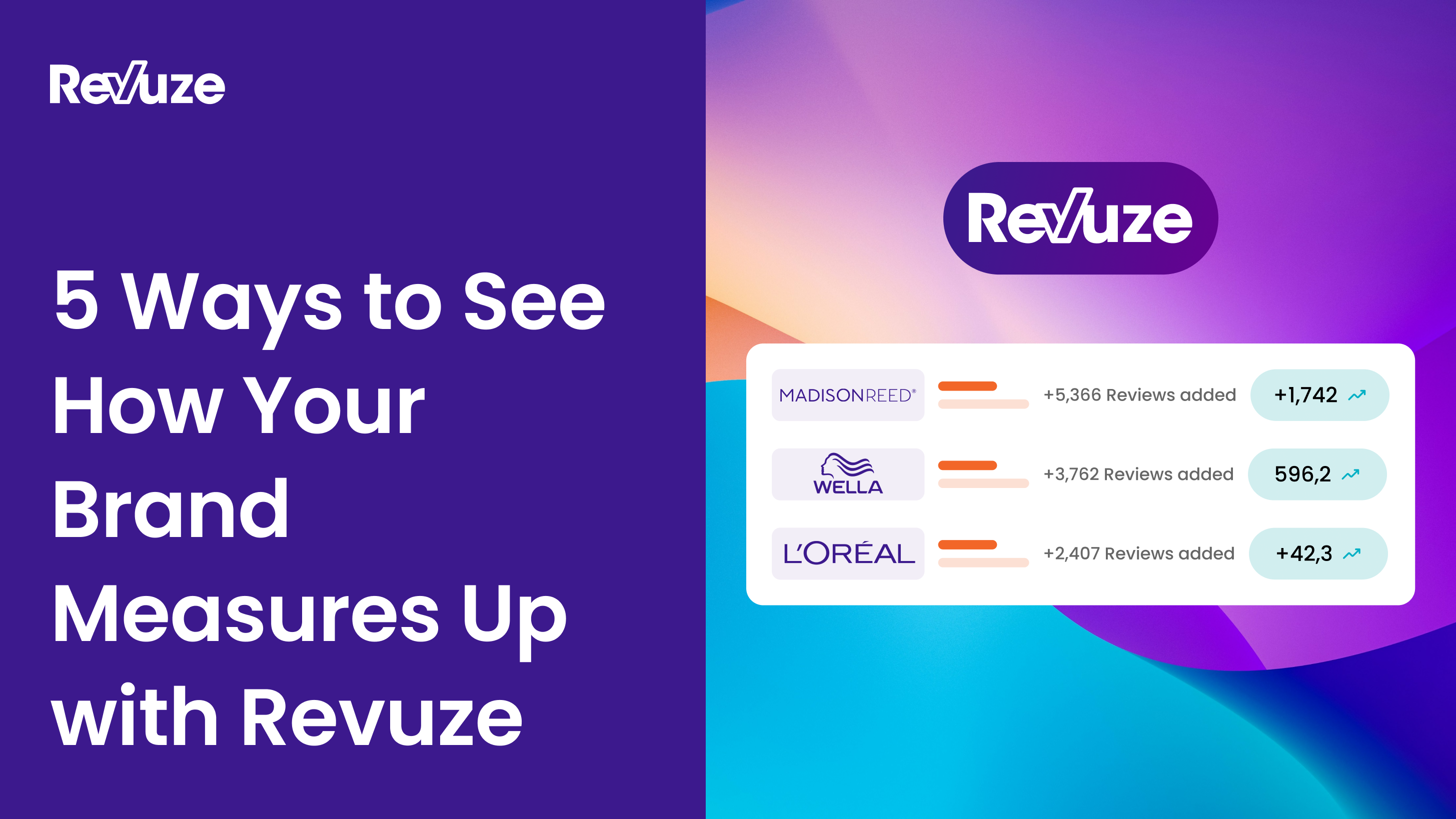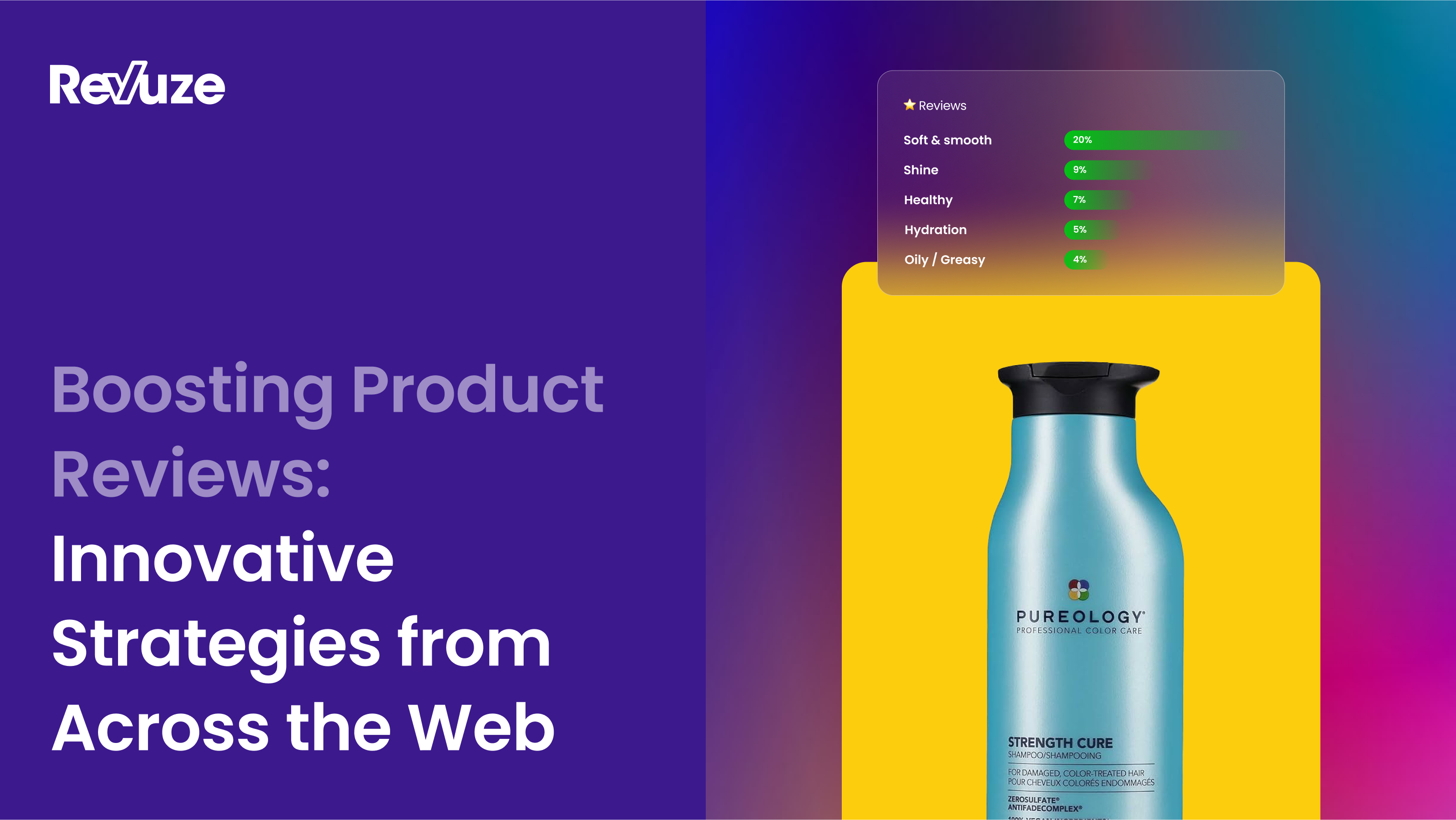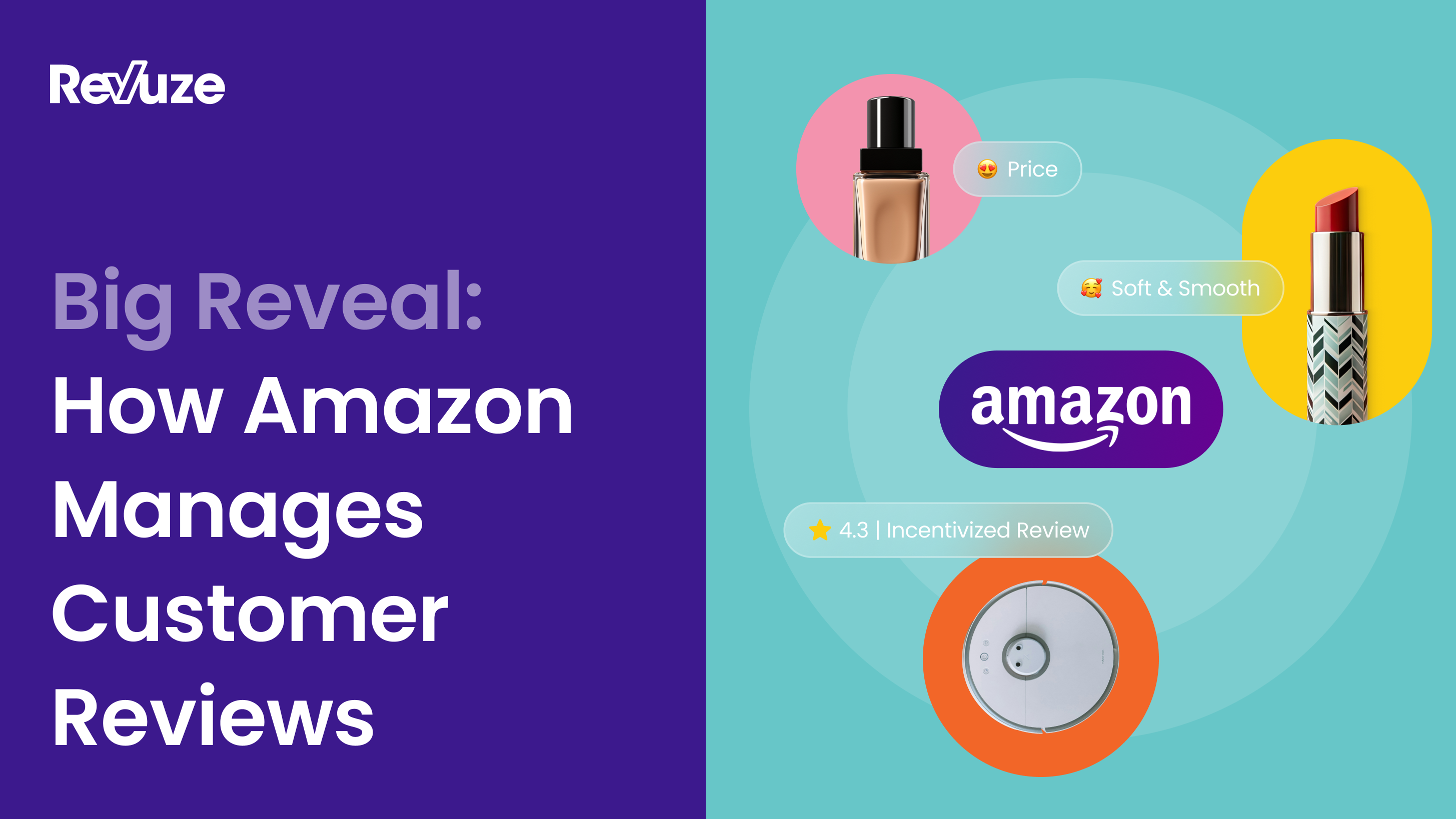
Customer feedback typically comes in the form of a review, or any other type of comment offered by customers on the level of satisfaction they experienced related to a specific product or service. It can be crucial for a business to understand how to improve or adjust the products or services they offer, and to measure the overall customer satisfaction and customer experience.
Reviews and opinions offered by customers are crucial to the process of making improvements and adjustments tailored to their needs. Aside from getting feedback through online surveys, the opinions of customers can also be found in comments which can be collected using monitoring tools.
Top brands are aware of the importance of feedback from their customers, which is why they consistently pay attention to the voice of their clients. Not only does feedback help businesses measure customer satisfaction, but metrics obtained either through surveys or polls can also help a business create the best experience for their customers.
In addition, most customers make decisions based on the reviews of another customer who has already used a specific product or service in the past. Thus, focusing on the opinions of your clients and making alterations that will meet their requirements will not only increase sales, but also boost customer retention and make them more loyal to your brand.
What Is Customer Feedback?
Customer feedback is the information provided by consumers about a product or service based on their experience. The main use of customer feedback is to discover how satisfied they are, and from this to help to increase the success of products and to assist in making necessary adjustments and improvements. Customer feedback can be collected by companies using polls, surveys, interviews, or simply by requesting reviews. The sales team can also collect feedback by providing an avenue where users can easily share their compliments, complaints, or comments.
However, there are situations where some customers may be reluctant to provide reviews about the product or service they receive. Whether due to inconveniences or busy schedules, some might even provide wrong information or become skeptical about the questions.
It is therefore important to understand how to request and get honest information from your customers.
How To Ask For Customer Feedback The Right Way: Methods And Examples
-
Send a follow-up email
A common method of requesting feedback from customers is via email. This method involves sending an email after a service has been rendered or a product delivered. You may have received an email requesting your feedback if you have ever bought a product online or visited a hotel which required you to leave your email address.
This process can be automated through different email automation providers, which will guarantee that relevant emails are sent through the most appropriate channel to your customers.
-
Conduct Customer Interviews
Top brands or market research teams aren’t the only ones in need of customer feedback for their products and services. Most loyal customers would be happy to provide their opinion irrespective of your company size, since they are invested in your business.
Seek out customers that would happily provide honest opinions about your business if you want to increase the success of your product. You should also make sure a real person reaches out in order to make them feel recognised, as this will boost retention and the possibility that the review you will get will be valid and accurate.
-
Analyze Recorded Sales Calls
Prominent brands usually have outbound sales teams that make thousands of calls every day. Calls like this can also be used to gather valuable information about your product, and leads generated by these sales teams can provide a more direct opinion about your product even if they haven’t made a purchase since they have nothing to lose.
Analyzing this feedback or recording calls for analysis can be very important in overcoming any challenge that could potentially be discouraging potential customers from purchasing your product.
-
Record Website Visitor Sessions
Session replays can be beneficial in discovering how your website is used, and can reveal the possible reasons you are not generating sales. It can provide information helpful in overcoming this challenge and increasing your conversion rates.
You can use providers such as Yandex and Hotjar to record user sessions, and to discover customers’ activities such as what they click on, interact with, or view. This method can help in generating feedback that will make you see from the consumer’s eye. You will know how they view your website, the distractions they encounter, and other possible challenges.
-
Monitor Social Media Channels
Social media has become a cheap and effective method of interacting with your target audience. Customers are already actively participating in groups or communities on Facebook, Twitter, and Instagram, and it is vital for your business to become part of this conversation. Respond to comments, send direct messages, and engage with your audience to see how people really feel about your brand.
Ensure that you provide a rapid response to your customers whenever they voice out something negative about the product or service they received. Active social media users are expecting a fast response, so you have to dedicate a resource to each channel. Closely monitoring your social buzz is an easy and efficient method of tracking the latest events and trends that could have an impact on your business.
-
Include Post-purchase Feedback
It’s crucial to discover the feelings and motives of your customers as well as their experiences, especially If you’re running an e-commerce website. But there are also situations where including a survey can distract customers from the ultimate goal of visiting your website – to make a purchase. You don’t want to lose a potential sale because feedback ends up leading your customers away from making a purchase on your website.
This situation can be avoided by displaying your feedback options after they have made a purchase. After concluding a sale, the customer will be less distracted and is more likely to be interested in providing feedback. This method is very useful when your customers make a huge financial commitment or purchase something large such as buying an expensive item.
-
Delay Asking For Feedback
Although it is good to get a rapid response from your feedback, it is better to receive valid and accurate information that will be useful for improving your products or services. Customers might have a hard time remembering their experience or have a specific viewpoint about the product they purchased. Requesting feedback immediately might only make them provide half-baked answers and not the experience they got in the long run.
Once you begin to discover inaccurate feedback from your customers, you can wait for about one or two weeks before requesting feedback from them. This will give them enough time to have a complete idea about your product or service. You will discover the major problems they face in the long run as they begin to use your product or service.
-
Use Feedback Monitoring Sites
Rather than requesting feedback from your customers, you can simply track what they are saying about your products on popular social media networks. For example, you can use tools such as Yewt or Google Alerts to receive notifications on comments or posts about your business. This will help you discover valid and honest reviews about their experience, especially the ones your sales team might not know about. It is very important to effectively track posts and comments about your brand considering the many online communities and social platforms that are launched every day.
Conclusion
It is important to collect honest information from your customers to know how your product or service is impacting the lives of your customers, and to integrate different methods of improvements that would ensure that you are meeting their needs.
The satisfaction of your customers should be a top priority of every department in your organization, and should not be the responsibility of the sales team alone. Once your customers are satisfied and happy, they will remain loyal, return to make more purchases, and tell others about the wonderful experience they are having.
The methods described above for generating feedback are not only cost-effective, but will also boost customer retention and loyalty for your brand. This can help your marketing team focus their attention and budgets on other promising and new outreaches.
 All
Articles
All
Articles Email
Analytics
Email
Analytics








 Agencies
Insights
Agencies
Insights